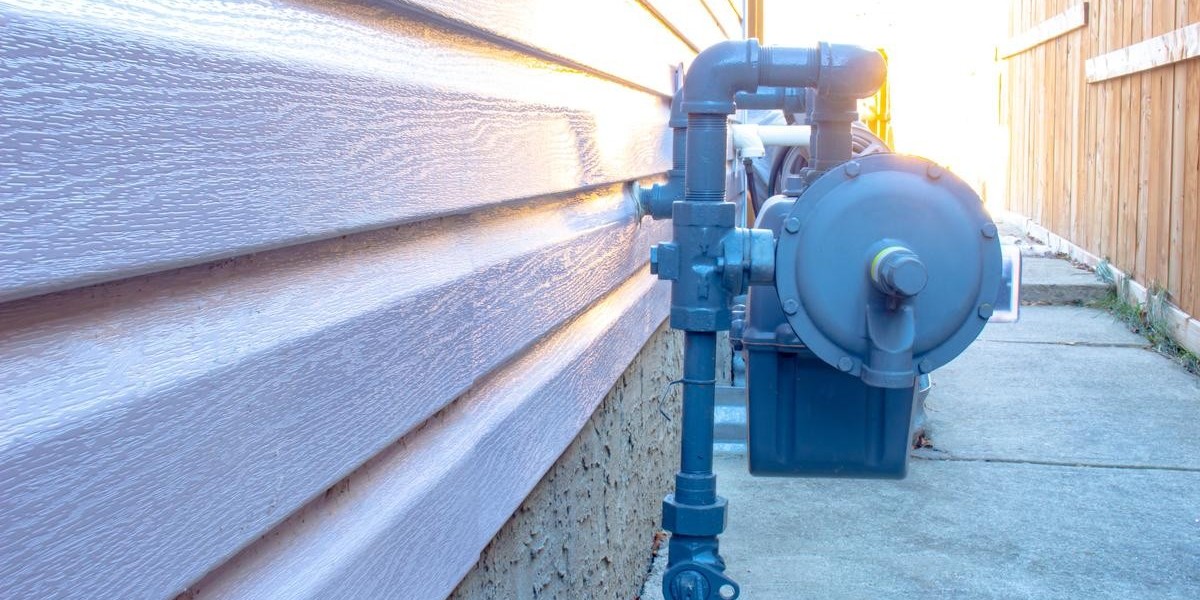Residential diaphragm gas meters play a crucial role in accurately measuring and monitoring gas consumption in households. As technology continues to advance, these meters have undergone remarkable innovations and witnessed emerging trends that enhance their accuracy, efficiency, and overall performance.
What is a Diaphragm Gas Meter?
A diaphragm gas meter is a device used to measure the flow rate of natural gas or propane in residential settings. It consists of a series of chambers divided by flexible diaphragms that expand and contract with the flow of gas. These diaphragms help separate and measure the gas flow, allowing for precise readings and consumption monitoring.
How Accurate is a Diaphragm Gas Meter?
Accuracy is paramount when it comes to gas consumption measurement, ensuring accurate billing and efficient energy management. Diaphragm gas meters are known for their exceptional accuracy. They typically have a high turndown ratio, allowing accurate measurement across a wide range of flow rates. With advancements in design and manufacturing processes, modern diaphragm gas meters can provide accuracy levels of up to ±1% under normal operating conditions, meeting industry standards and regulatory requirements.
How Does a Diaphragm Gas Flow Meter Work?
A diaphragm gas flow meter operates based on the principle of positive displacement. As gas flows through the meter, it enters the chambers separated by the diaphragms. The gas pressure causes the diaphragms to expand and contract, enabling the measurement of gas volume. The meter's internal mechanisms, such as gears and counters, convert the diaphragm movements into readable units of gas consumption, which can be displayed on a meter or transmitted digitally for remote monitoring.
What is the Capacity of the Diaphragm Gas Meter?
The capacity of a diaphragm gas meter refers to its maximum flow rate capability. A residential diaphragm gas meter typically has varying capacities, depending on the specific model and application. Common capacity ranges for residential meters are between 6 and 60 cubic meters per hour (m³/h). It's crucial to select a meter with the appropriate capacity to ensure accurate measurement without impeding gas flow or causing pressure drops.
Innovations and Trends Shaping the Future
Smart Metering Technology: The integration of smart metering technology is revolutionizing residential gas metering. Smart diaphragm gas meters enable remote monitoring, real-time data transmission, and enhanced energy management capabilities. These meters can provide consumers with accurate and up-to-date information on their gas consumption, enabling them to make informed decisions regarding energy conservation.
Enhanced Communication and Connectivity: With the advent of Internet of Things (IoT) technology, diaphragm gas meters are becoming more connected and communicative. Wireless connectivity allows for seamless integration with smart home systems, energy management platforms, and utility networks. This connectivity enables real-time monitoring, automatic meter reading, and early detection of gas leaks or anomalies, ensuring prompt actions for safety and efficiency.
Improved Durability and Longevity: Innovations in meter construction materials and design have led to increased durability and longevity of diaphragm gas meters. Manufacturers are using corrosion-resistant materials and employing advanced sealing techniques to enhance the meters' resistance to harsh environmental conditions. This not only ensures accurate measurement over an extended period but also reduces maintenance requirements and enhances the overall reliability of the meters.
Conclusion
Residential diaphragm gas meters have come a long way in terms of accuracy, capacity, and technological advancements. As we embrace innovations like smart metering and enhanced connectivity, these meters are poised to become an integral part of the smart homes of the future. With their precise measurement capabilities and the ability to monitor gas consumption in real-time, diaphragm gas meters contribute to energy efficiency, sustainability, and improved customer experiences. As trends continue to evolve, we can anticipate even more exciting developments that will shape the future of residential diaphragm gas meters.



